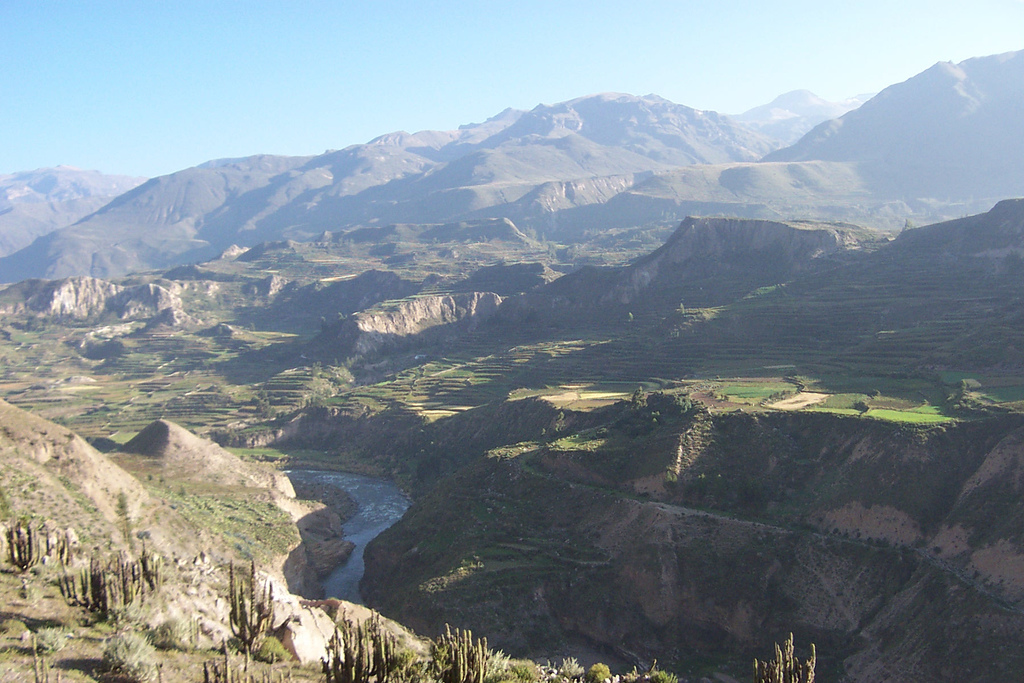Mustang Geothermal reports favorable water sampling at prospect site in Peru

U.S. geothermal developer Mustang Geothermal Corp. reports promising results of its water-sampling program on the geothermal concession sites of the company in Peru, South America.
In a release last week, U.S. based geothermal developer Mustang Geothermal Corp. “reports on the results of a water-sampling program on the Company’s geothermal concessions in Peru. The water chemistry yielded promising results indicating potentially viable geothermal reservoirs and suggest that additional exploration work continue.
The water chemistry data provides important clues as to the origin of geothermal fluids, mixing with the surrounding ground waters and the overall temperature of the geothermal reservoir. The water samples were collected from the Departments of Arequipa and Cusco in Southeastern Peru.
The geochemical study is based on discharge water collected from the active hot-springs on the concessions. The results indicate pH values from 6.76-7.04 and reservoir temperature ranges from 100.4 – 125.1 (Quartz geothermometer) or 108.3 – 130.0 (Sodium/Potassium (Na/K) geothermometer) degrees C. The waters are chlorine enriched (Cl), and plot towards the “mature category waters” on a Giggenbach ternary diagram, suggesting fluid formation by the interaction of geothermal fluids with the host rock and dilution with low-salinity water.
The Lithium-Bismuth-Chlorine (Li-Bi-Cl) Giggenbach ternary diagram also indicates that the analyzed waters represent “older” hydrothermal systems with the fluids possibly migrating from the old basement rock. The enthalpy/chloride plots also suggest the addition of colder, dilute waters to the geothermal fluids within the system and en-route to migration towards the surface. The measured surface temperature of the springs ranges from 41-52 degrees C.
From the standpoint of exploration, the results suggest that the geothermal waters come from a relatively evolved and localized geothermal system suitable for targeted exploration. The relatively significant difference between the measured surface temperature and the estimated reservoir temperature suggests a significant dilution by the ground-water, which is important factor in designing the planned temperature gradient measurements.
Furthermore, it is possible to increase the flow from the original sources and obtain hotter water by drilling deeper into the reservoir with the aid of geophysical and geochemical data being collected for the concessions.
The water samples were analyzed by THERMOCHEM Inc. of Santa Rosa, CA for ion concentrations, geothermometry calculations and overall geochemical signature of the geothermal waters. Chemical analyses of geothermal fluids can be used to estimate subsurface reservoir temperature where the chemical geothermometers are dependent on the water-mineral equilibrium and give the last equilibration temperature for the reservoir. Several techniques have been developed to estimate reservoir temperatures in geothermal systems on the basis that the temperature dependent water-ion equilibrium is attained within the reservoir.”
Source: Company release via Marketwatch